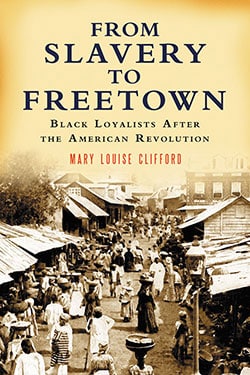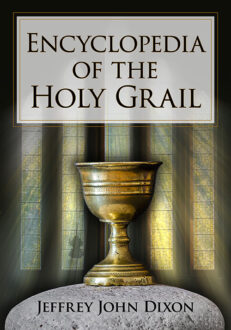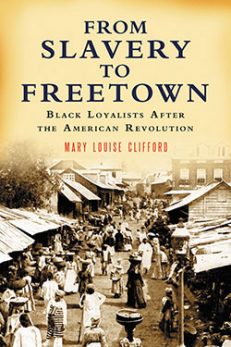From Slavery to Freetown
Black Loyalists After the American Revolution
$29.95
In stock
About the Book
During the American Revolution over 3,000 persons of African descent were promised freedom by the British if they would desert their American rebel masters and serve the loyalist cause. Those who responded to this promise found refuge in New York. In 1783, after Britain lost the war, they were evacuated to Nova Scotia, where for a decade they were treated as cheap labor by the white loyalists. In 1792 they were finally offered a new home in West Africa; over 1,200 responded and became the founders of Freetown in Sierra Leone.
This history follows ten of these freed slaves from their escape from masters in Virginia and the Carolinas to their sojourn in wartime New York, their evacuation to Nova Scotia and finally their exodus to Freetown, where they struggled for another decade for not only freedom and dignity but the right to worship as they choose, make an honest living, and govern themselves.
About the Author(s)
Bibliographic Details
Mary Louise Clifford
Format: softcover (6 x 9)
Pages: 259
Bibliographic Info: maps, appendix, notes, bibliography, index
Copyright Date: 2006 [1999]
pISBN: 978-0-7864-2557-0
eISBN: 978-1-4766-0722-1
Imprint: McFarland
Table of Contents
Introduction 1
Part I. The War for Independence
1. Mary Perth of Norfolk, Virginia 9
2. Moses Wilkinson of Nansemond County, Virginia 15
3. David George of Essex County, Virginia 19
4. Four Men from Charleston: Boston King, IsaacAnderson, Cato Perkins, and John Kizell 23
5. Thomas Peters of Wilmington, North Carolina 26
6. Refuge in British New York 29
7. Peace Treaty Terms 32
8. Evacuation from New York 36
Part II. Nova Scotia
9. The Founding of Birchtown 43
10. Education Mattered 51
11. Black Preachers Offer Hope 53
12. Farms for White Loyalists 58
13. Thomas Peters in Annapolis County 61
Part III. The Province of Freedom
14. Refuge in London 67
15. The Founding of Granville Town 73
16. Thomas Peters Travels to London 80
17. An Emissary from the Sierra Leone Company 84
18. Bonds Forged in Nova Scotia Congregations 90
19. Still Searching for Freedom and Security 97
Part IV. Freetown
20. Plans to Govern Freetown 105
21. To the Cotton Tree 109
22. An Erratic Beginning 112
23. Continuing Confusion 118
24. Ill Will Between John Clarkson and Thomas Peters 124
25. Baptists and Methodists Follow Different Paths 130
26. The Calypso Passengers Interrupt 140
27. New Company Officials 143
28. Land Grants at Last 145
29. Angry Settlers Choose Emissaries to the Sierra Leone Company Directors 152
30. Two Governors: Richard Dawes and Zachary Macaulay 158
31. A Chosen People 166
32. The Outside World Intrudes 170
33. Mary Perth as Housekeeper 176
34. Quarrels Over Religion 178
35. Growing Prosperity 183
36. Insurrection and Defeat 189
37. Transition 197
38. The Crown Replaces the Sierra Leone Company 204
39. Farewell, Cotton Tree 211
Epilogue 214
Appendix: Roster of Prominent Emigrants to Freetown 217
Notes 223
Bibliography 239
Index 243
Book Reviews & Awards
“an important contribution…Clifford has uncovered a fascinating and underrepresented aspect of the black diaspora”—Library Journal; “a significant story movingly told”—Daily Press; “draws on a variety of sources, including memoirs of some of the settlers, diaries of the British in Sierra Leone, and official records in London and Halifax”—The Virginia Gazette.





